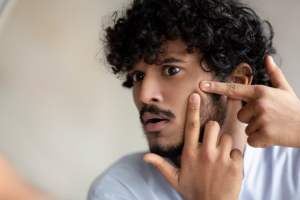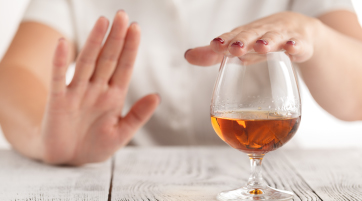Women's Wellness
4 MIN READ
Jul 15, 2025
Light Period: What It Means and When to Pay Attention
A light period, or hypomenorrhea, refers to menstrual bleeding that is noticeably lighter than usual, either in volume, duration, or both. It may last only a day or two, involve light spotting, or appear as pink or brown discharge instead of the typical red flow. While occasional light periods can be...
A light period, or hypomenorrhea, refers to menstrual bleeding that is noticeably lighter than usual, either in volume, duration, or both. It may last only a day or two, involve light spotting, or appear as pink or brown...



























-158x400.png)














